Guy yeast infection symptoms. Male Yeast Infections: Symptoms, Causes, and Treatment Options
Can men get yeast infections. What are the symptoms of male yeast infections. How are male yeast infections diagnosed and treated. What complications can arise from untreated male yeast infections. How can men prevent yeast infections.
Understanding Male Yeast Infections: Causes and Risk Factors
Male yeast infections, also known as candidiasis, penile yeast infection, candida balanitis, or balanitis thrush, occur when there’s an overgrowth of the Candida albicans fungus on the skin or mucous membranes of the genital area. While yeast infections are often associated with women, men can indeed develop them as well.
Are certain men more susceptible to yeast infections? Several factors can increase the risk:
- Prolonged antibiotic use
- Diabetes
- Obesity
- Weakened immune system (e.g., HIV)
- Poor personal hygiene
- Sensitivity to soaps, perfumes, or chemicals
- Steroid use
- Uncircumcised penis
It’s important to note that yeast infections can also be transmitted through sexual contact with an infected partner. However, yeast infections are not classified as sexually transmitted diseases (STDs).

Recognizing the Symptoms of Male Yeast Infections
Identifying a male yeast infection early can lead to prompt treatment and relief. Common symptoms include:
- Itching or burning sensation on the penis tip or foreskin
- Redness and inflammation
- Moist feeling on the penis tip
- Cottage cheese-like discharge with a bread-like or unpleasant odor
- Swelling around the penis tip and foreskin
- Sores or white patches on the skin
- Difficulty retracting the foreskin
- Erectile problems
In severe cases, men may experience difficulty urinating or controlling their urine stream. If you notice any of these symptoms, it’s crucial to consult a healthcare professional for proper diagnosis and treatment.
Diagnosing Male Yeast Infections: What to Expect
How do healthcare providers diagnose male yeast infections? The process typically involves:
- A thorough medical history and symptom review
- Physical examination of the genital area
- Possible swab sample collection for laboratory testing
It’s essential to seek professional medical advice rather than attempting self-diagnosis, as many sexually transmitted infections (STIs) can present similar symptoms. A proper diagnosis ensures appropriate treatment and helps prevent potential complications.

Effective Treatment Options for Male Yeast Infections
Once diagnosed, male yeast infections can be treated through various methods. Treatment options may include:
- Over-the-counter antifungal creams
- Prescription antifungal medications
- Steroid creams (e.g., hydrocortisone) for inflammation relief
- Oral antifungal medication (e.g., fluconazole)
In cases of recurring infections in uncircumcised men, particularly those with tight foreskin (phimosis), circumcision might be recommended as a preventive measure.
Home Remedies and Self-Care
Alongside medical treatments, several self-care measures can aid in recovery:
- Thorough cleaning and drying of the penis, including under the foreskin
- Proper diabetes management for those affected
- Weight loss for obese individuals
- Avoiding irritating soaps or chemicals
These practices not only support healing but also help prevent future infections.
Potential Complications of Untreated Male Yeast Infections
While most male yeast infections resolve with proper treatment, untreated cases can lead to complications. In rare instances, particularly in individuals with weakened immune systems, the fungal infection may spread to the bloodstream, resulting in a serious condition called invasive candidiasis.
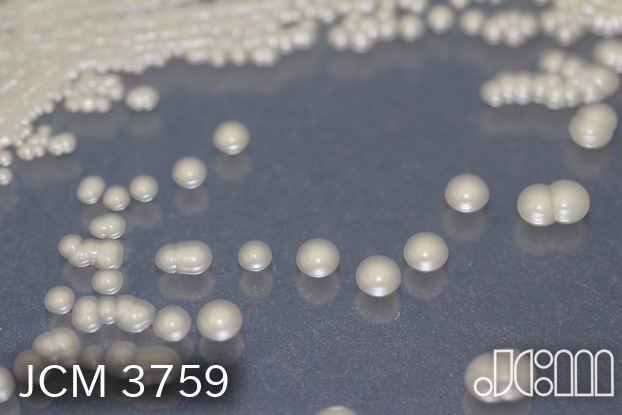
Who is at higher risk for invasive candidiasis? Individuals with:
- HIV/AIDS
- Diabetes
- Ongoing chemotherapy or radiation treatment
- Dialysis requirements
- Immunosuppressant medication use
- Central venous catheters
Symptoms of invasive candidiasis may include high fever, chills, nausea, and headaches. If you experience these symptoms, seek immediate medical attention.
Prognosis and Recovery: What to Expect
With proper treatment, most male yeast infections clear up within 3 to 5 days. If symptoms persist or worsen after this period, it’s crucial to consult your healthcare provider for further evaluation.
How can you monitor your recovery? Pay attention to:
- Reduction in itching and burning sensations
- Decreased redness and swelling
- Cessation of abnormal discharge
- Improved overall comfort in the genital area
Remember, complete adherence to prescribed treatments and follow-up care is essential for full recovery and prevention of recurrence.
Preventing Male Yeast Infections: Practical Strategies
Prevention is key in managing male yeast infections. Implementing the following practices can significantly reduce the risk of developing these infections:
![]()
- Maintain proper genital hygiene, including thorough cleaning and drying after showers and sexual activity
- Opt for loose-fitting, breathable cotton underwear
- Use unscented soaps and skin products to minimize irritation
- Practice safe sex, including condom use when a partner has a yeast infection
- Manage underlying health conditions like diabetes effectively
- Maintain a healthy weight
- Avoid prolonged antibiotic use unless necessary
By incorporating these preventive measures into your daily routine, you can significantly reduce your risk of developing male yeast infections.
When to Seek Medical Attention for Male Yeast Infections
While many cases of male yeast infections can be managed with over-the-counter treatments and self-care, certain situations warrant immediate medical attention. Consult a healthcare provider if you experience:
- Persistent symptoms despite using over-the-counter treatments
- Recurrent yeast infections
- Severe pain or discomfort in the genital area
- Difficulty urinating or controlling urine flow
- Fever or other signs of systemic infection
- Unusual discharge or sores on the penis
Early intervention can prevent complications and ensure proper treatment, especially if the symptoms are due to a more serious underlying condition.
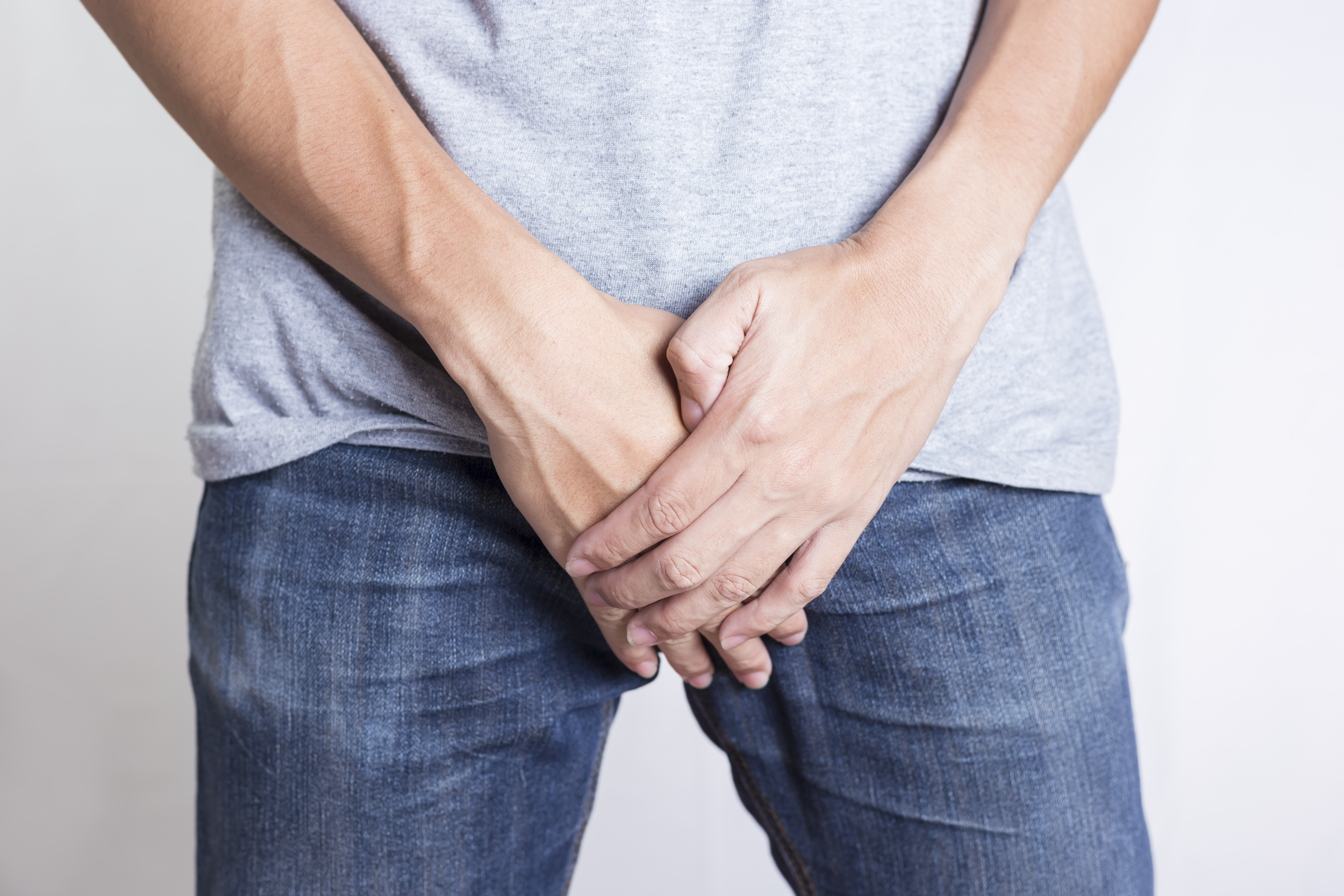
Differential Diagnosis: Ruling Out Other Conditions
Given that symptoms of male yeast infections can mimic those of other conditions, healthcare providers may consider alternative diagnoses, including:
- Sexually transmitted infections (e.g., herpes, gonorrhea)
- Bacterial infections
- Skin conditions (e.g., psoriasis, eczema)
- Allergic reactions
Proper diagnosis is crucial for effective treatment, highlighting the importance of professional medical evaluation.
The Impact of Male Yeast Infections on Sexual Health and Relationships
Male yeast infections can have significant effects on sexual health and intimate relationships. Understanding these impacts is crucial for both physical and emotional well-being.
Sexual Transmission and Partner Considerations
Can male yeast infections be sexually transmitted? While yeast infections are not classified as STDs, they can be passed between sexual partners. This raises several important points:
- Partners should be informed about the infection to prevent transmission
- Abstaining from sexual activity during treatment is recommended
- Partners may need simultaneous treatment to prevent reinfection
- Using condoms can help reduce the risk of transmission
Psychological and Emotional Effects
The impact of male yeast infections extends beyond physical symptoms. Many men may experience:

- Embarrassment or shame about the condition
- Anxiety about sexual performance or intimacy
- Stress related to recurrent infections
- Concerns about fertility or long-term sexual health
Open communication with partners and healthcare providers is essential for addressing these emotional aspects and maintaining overall well-being.
Emerging Research and Future Directions in Male Yeast Infection Management
As medical understanding of male yeast infections continues to evolve, new research directions and treatment approaches are emerging. Some areas of focus include:
Microbiome Studies
Research into the genital microbiome is shedding light on the complex interplay between beneficial and harmful microorganisms. This could lead to new preventive strategies and treatments that focus on maintaining a healthy microbial balance.
Novel Antifungal Agents
Scientists are exploring new antifungal compounds that may be more effective against resistant strains of Candida. These developments could provide additional treatment options for difficult-to-treat cases.

Immunological Approaches
Understanding the immune response to fungal infections may pave the way for immunotherapy-based treatments, potentially offering long-term protection against recurrent infections.
Personalized Medicine
Advances in genetic testing and biomarker identification could lead to more personalized treatment plans, tailoring interventions to individual patient profiles for optimal efficacy.
As research progresses, it’s likely that our approach to diagnosing, treating, and preventing male yeast infections will continue to improve, offering better outcomes for affected individuals.
Lifestyle Factors and Their Influence on Male Yeast Infections
Various lifestyle factors can significantly impact the likelihood of developing male yeast infections. Understanding and modifying these factors can play a crucial role in prevention and management.
Diet and Nutrition
Does diet affect yeast infection risk? While research is ongoing, some dietary considerations include:
- Limiting sugar and refined carbohydrates, which may promote yeast growth
- Incorporating probiotic-rich foods to support a healthy microbial balance
- Ensuring adequate vitamin and mineral intake to support immune function
Physical Activity and Hygiene
Regular exercise offers numerous health benefits, but it’s important to consider its impact on genital health:

- Change out of sweaty clothes promptly after workouts
- Shower and thoroughly dry the genital area after intense physical activity
- Choose moisture-wicking, breathable fabrics for workout attire
Stress Management
Chronic stress can weaken the immune system, potentially increasing susceptibility to infections. Incorporating stress-reduction techniques such as meditation, yoga, or regular exercise may help maintain overall health and resilience against infections.
Sleep Quality
Adequate sleep is crucial for immune function. Poor sleep patterns may increase vulnerability to various infections, including yeast overgrowth. Prioritizing good sleep hygiene can contribute to overall health and infection resistance.
By addressing these lifestyle factors, individuals can create an environment less conducive to yeast overgrowth, potentially reducing the frequency and severity of male yeast infections.
Can Men Get Yeast Infections? How?
Written by WebMD Editorial Contributors
- What Is a Male Yeast Infection?
- Male Yeast Infection Causes and Risk Factors
- Male Yeast Infection Symptoms
- Male Yeast Infection Diagnosis
- Male Yeast Infection Treatment and Home Remedies
- Male Yeast Infection Complications
- Male Yeast Infection Outlook
- Male Yeast Infection Prevention
- More
A male yeast infection is an infection of the area around your penis and testicles caused by an overgrowth of a common fungus we all have on our skin. You usually hear about women having yeast infections, or what doctors call candidiasis. But men can get them, too. In men, yeast infections are also sometimes called penile yeast infection, candida balanitis, or balanitis thrush (a yeast infection in the throat).
Candida albicans is a common fungus. You’ve probably got a small amount living in your mouth, digestive tract, or on moist parts of your skin. Women often have some in their vagina. Most of the time, candida doesn’t cause any problems. But if too much of it grows in one place, you get a yeast infection.
Women often have some in their vagina. Most of the time, candida doesn’t cause any problems. But if too much of it grows in one place, you get a yeast infection.
You could get this inside your mouth (doctors call this oral thrush) or as a skin infection. Men can also get a yeast infection on the tip of their penis. This leads to balanitis. It’s more common in men who aren’t circumcised and have a foreskin that’s still intact. If this infection makes it hard for you to pee, seek medical help right away.
You’re more likely to get a yeast infection if you:
- Have been taking antibiotics for a long time
- Have diabetes
- Are overweight
- Have a weak immune system (like people who have HIV)
- Have trouble cleaning yourself
- Are sensitive to soaps, perfumes, and chemicals
- Use steroids
You can also get a yeast infection on your penis through sex. If your partner has one, they could pass it on to you.
If you have a yeast infection on your penis, you could have:
- Itching or burning on the tip of your penis or the foreskin
- Redness
- A moist feeling on the tip of your penis
- Discharge that looks like cottage cheese and might have a bread-like or unpleasant smell
- Swelling around the tip of your penis and foreskin
- Sores or white patches of skin
- Trouble pulling back your foreskin
- A hard time getting or keeping an erection
In serious cases, you may have a hard time peeing or keeping control of your urine stream.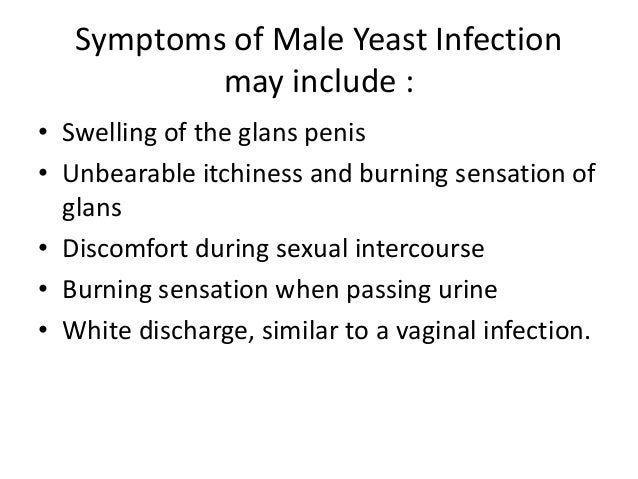
Your doctor will ask about your symptoms and check your penis for signs of a yeast infection. If needed, they may use a swab to take a sample from the tip of your penis to send to a lab for testing. Since many STDs share some of the symptoms of a yeast infection, you shouldn’t try to diagnose yourself.
Your doctor may suggest:
- An over-the-counter antifungal cream or prescribe one to get rid of the infection
- A steroid cream such as hydrocortisone
- An oral medication called fluconazole
If you keep having yeast infections and aren’t circumcised, your doctor may suggest circumcision, especially if your foreskin is very tight (a condition called phimosis).
You can help clear up your infection by:
- Cleaning and drying your penis well, including pulling back the foreskin to wash and dry the skin beneath it
- Managing your diabetes if you have it
- Losing weight if you are obese
- Avoiding any soaps or other chemicals that cause irritation
If your immune system is weak, there’s a chance that the fungus can spread into your bloodstream.:max_bytes(150000):strip_icc()/how-to-get-rid-of-a-male-yeast-infection-fast-5115507_FINAL-ad1fb777fc144ddca6e38354bd8676dc.jpg) This is a serious condition called invasive candidiasis. Though it is rare, the odds are higher when you:
This is a serious condition called invasive candidiasis. Though it is rare, the odds are higher when you:
- Have HIV
- Have diabetes
- Are having chemotherapy or radiation
- Need dialysis
- Are taking immunosuppressants (drugs that quiet your immune system)
- Have a central venous catheter (a tube in your chest that’s used to give you medicine)
A high fever, chills, upset stomach, and headache are all signs that your yeast infection may have spread. If you notice these symptoms, call your doctor right away.
You should be feeling better and the infection should be gone within 3 to 5 days of starting treatment. If you are not, or if your symptoms come back, talk to your doctor.
The best way to stop a yeast infection from happening (or coming back) is to practice good hygiene, including:
- Cleaning and drying your penis each time you shower and after sex
- Choosing unscented soaps and skin products
- Wearing a condom during sex when your partner has a yeast infection
- Wearing loose cotton underwear to prevent moisture from building up under your foreskin
Top Picks
Can Men Get Yeast Infections? How?
Written by WebMD Editorial Contributors
- What Is a Male Yeast Infection?
- Male Yeast Infection Causes and Risk Factors
- Male Yeast Infection Symptoms
- Male Yeast Infection Diagnosis
- Male Yeast Infection Treatment and Home Remedies
- Male Yeast Infection Complications
- Male Yeast Infection Outlook
- Male Yeast Infection Prevention
- More
A male yeast infection is an infection of the area around your penis and testicles caused by an overgrowth of a common fungus we all have on our skin.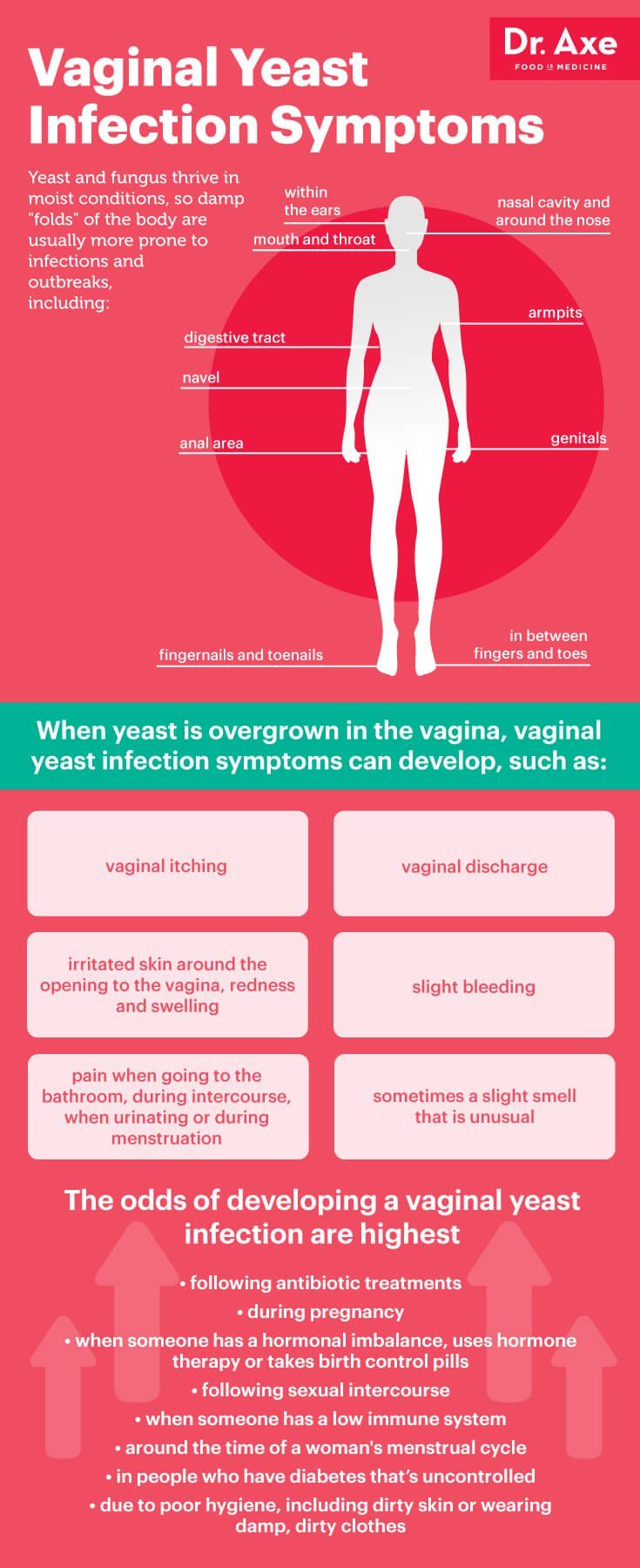 You usually hear about women having yeast infections, or what doctors call candidiasis. But men can get them, too. In men, yeast infections are also sometimes called penile yeast infection, candida balanitis, or balanitis thrush (a yeast infection in the throat).
You usually hear about women having yeast infections, or what doctors call candidiasis. But men can get them, too. In men, yeast infections are also sometimes called penile yeast infection, candida balanitis, or balanitis thrush (a yeast infection in the throat).
Candida albicans is a common fungus. You’ve probably got a small amount living in your mouth, digestive tract, or on moist parts of your skin. Women often have some in their vagina. Most of the time, candida doesn’t cause any problems. But if too much of it grows in one place, you get a yeast infection.
You could get this inside your mouth (doctors call this oral thrush) or as a skin infection. Men can also get a yeast infection on the tip of their penis. This leads to balanitis. It’s more common in men who aren’t circumcised and have a foreskin that’s still intact. If this infection makes it hard for you to pee, seek medical help right away.
You’re more likely to get a yeast infection if you:
- Have been taking antibiotics for a long time
- Have diabetes
- Are overweight
- Have a weak immune system (like people who have HIV)
- Have trouble cleaning yourself
- Are sensitive to soaps, perfumes, and chemicals
- Use steroids
You can also get a yeast infection on your penis through sex.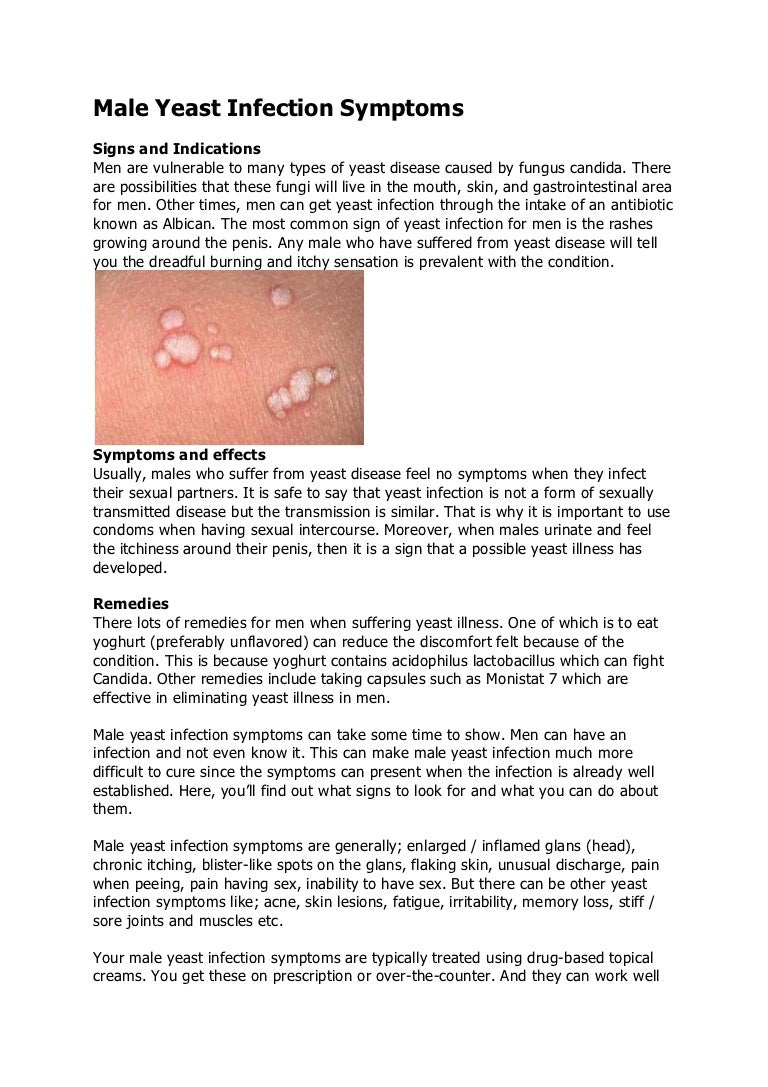 If your partner has one, they could pass it on to you.
If your partner has one, they could pass it on to you.
If you have a yeast infection on your penis, you could have:
- Itching or burning on the tip of your penis or the foreskin
- Redness
- A moist feeling on the tip of your penis
- Discharge that looks like cottage cheese and might have a bread-like or unpleasant smell
- Swelling around the tip of your penis and foreskin
- Sores or white patches of skin
- Trouble pulling back your foreskin
- A hard time getting or keeping an erection
In serious cases, you may have a hard time peeing or keeping control of your urine stream.
Your doctor will ask about your symptoms and check your penis for signs of a yeast infection. If needed, they may use a swab to take a sample from the tip of your penis to send to a lab for testing. Since many STDs share some of the symptoms of a yeast infection, you shouldn’t try to diagnose yourself.
Your doctor may suggest:
- An over-the-counter antifungal cream or prescribe one to get rid of the infection
- A steroid cream such as hydrocortisone
- An oral medication called fluconazole
If you keep having yeast infections and aren’t circumcised, your doctor may suggest circumcision, especially if your foreskin is very tight (a condition called phimosis).
You can help clear up your infection by:
- Cleaning and drying your penis well, including pulling back the foreskin to wash and dry the skin beneath it
- Managing your diabetes if you have it
- Losing weight if you are obese
- Avoiding any soaps or other chemicals that cause irritation
If your immune system is weak, there’s a chance that the fungus can spread into your bloodstream. This is a serious condition called invasive candidiasis. Though it is rare, the odds are higher when you:
- Have HIV
- Have diabetes
- Are having chemotherapy or radiation
- Need dialysis
- Are taking immunosuppressants (drugs that quiet your immune system)
- Have a central venous catheter (a tube in your chest that’s used to give you medicine)
A high fever, chills, upset stomach, and headache are all signs that your yeast infection may have spread. If you notice these symptoms, call your doctor right away.
You should be feeling better and the infection should be gone within 3 to 5 days of starting treatment.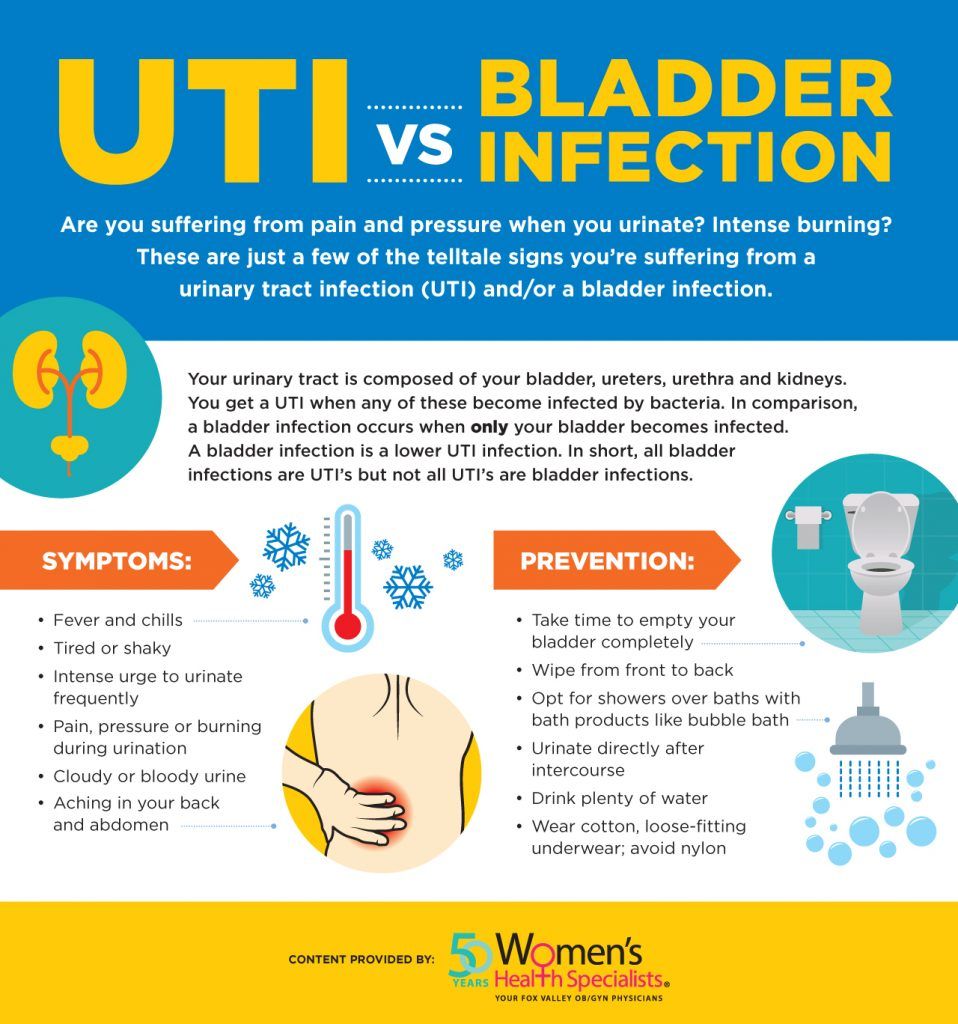 If you are not, or if your symptoms come back, talk to your doctor.
If you are not, or if your symptoms come back, talk to your doctor.
The best way to stop a yeast infection from happening (or coming back) is to practice good hygiene, including:
- Cleaning and drying your penis each time you shower and after sex
- Choosing unscented soaps and skin products
- Wearing a condom during sex when your partner has a yeast infection
- Wearing loose cotton underwear to prevent moisture from building up under your foreskin
Top Picks
Chronic thrush in men | Effective treatment
Sign up for a consultation
Fill out the form right now and get a 50% discount on the initial consultation of any doctor
| Service name | Prices |
| Drug treatment of thrush with Gynofort | 1000 |
Sign up for a consultation
Fill out the form right now and get a 50% discount on the initial consultation of any doctor
- Learn more about prices for medical services
Treatment of thrush in men at the Good Health Center is a comprehensive approach, thorough diagnostics and adequate treatment with modern means.
Thrush (or candidal balanitis) is a fungal infection caused by the active reproduction of fungi of the genus Candida. In men, the symptoms of the disease are concentrated in the region of the glans penis and foreskin. First, itching and burning appear, there may be a slight swelling, redness of the head, there may also be pain and burning during urination, and also after intercourse, subsequently a grayish-white coating forms on the head, ulcers and even bleeding erosions become noticeable.
Thrush is most common in women, although men are also not immune to the symptoms of this common disease. The reason for the active reproduction of fungi of the genus Candida in the head of the penis in men is a strong weakening of the immune system, usually against the background of a number of chronic diseases.
Normally, even if a man had sexual contact with a woman who currently has an exacerbation of thrush, the disease may not manifest itself in any way. This is due to the specifics of the male genital organs, which are located outside, not inside. For nutrition and reproduction, the fungus needs a warm and humid environment, and the fungus quickly dies in the air. If a man is healthy, then over time there will be a self-healing of thrush and he may not even notice unpleasant symptoms.
For nutrition and reproduction, the fungus needs a warm and humid environment, and the fungus quickly dies in the air. If a man is healthy, then over time there will be a self-healing of thrush and he may not even notice unpleasant symptoms.
But if thrush has developed, this is an alarming sign, indicating that there may be serious foci of infection in the body; there is a strong weakening of the immune system; there may be diseases such as trichomoniasis, gonorrhea, chlamydia, mycoplasmosis, etc.
This condition requires a comprehensive examination and treatment. And what can we say about cases of chronic thrush in men – treatment should be especially thorough and qualified.
Effective treatment of candidiasis in men offers a medical center in Moscow “Good Health”. The treatment regimen includes the following activities.
- Diagnosis to determine the sensitivity of the fungus to certain drugs. This is necessary in order to choose the optimal active ingredient in an effective dosage and treat candidiasis in men.

- Prescribing a drug for systemic administration (by mouth) while treating a partner and abstaining from sexual intercourse during treatment. With recurrent and chronic thrush in men, treatment is carried out in courses until a stable clinical effect is obtained.
- Prescribing topical drugs to quickly relieve symptoms and kill the fungus. Before applying creams or ointments, herbal medicine is carried out – baths with decoctions of anti-inflammatory herbs.
- Immune therapy, treatment of concomitant diseases, nutritional correction, meticulous intimate hygiene are other components of effective treatment of candidiasis in men.
The specialists of the Good Health Center have extensive experience in the treatment of thrush in men of various etiologies, use modern methods of diagnosis and therapy, and practice an integrated approach to the treatment of diseases of the male genital area. In order to eliminate unpleasant manifestations and regain men’s health and confidence – come to us or call by phone in Moscow: 8(499) 530-11-43.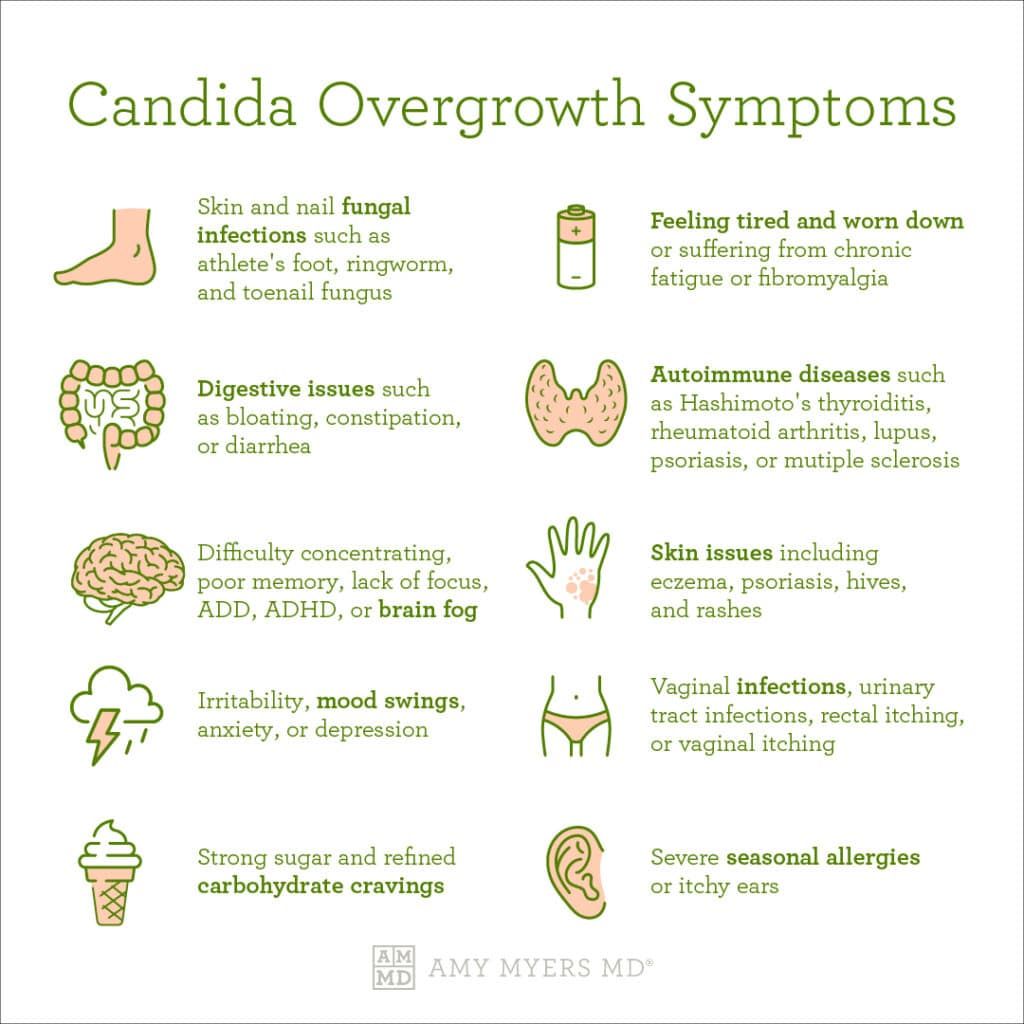
Sign up for a consultation
Fill out the form right now and get a -50% discount on the initial consultation of any doctor
Read more:
Back to the beginning of the section
Go to the services section
9000 0 prices in the clinic “Polyclinic +1 »
Most often, clinically developed candidiasis is the fate of patients with weakened immunity.
Penile candidiasis belongs to the group of sexually transmitted diseases (STIs).
Symptoms of thrush in men
Approximately one in ten males have candidiasis in a latent, latent form.
This is a rather unpleasant fact, because, although no symptoms are visible, the disease progresses, acquiring various complications.
In addition, do not forget that thrush can be transmitted sexually, and there is a risk of infecting your partner without even knowing it.
In order to avoid such an unpleasant turn, it is recommended to have an STD screening at least once every six months.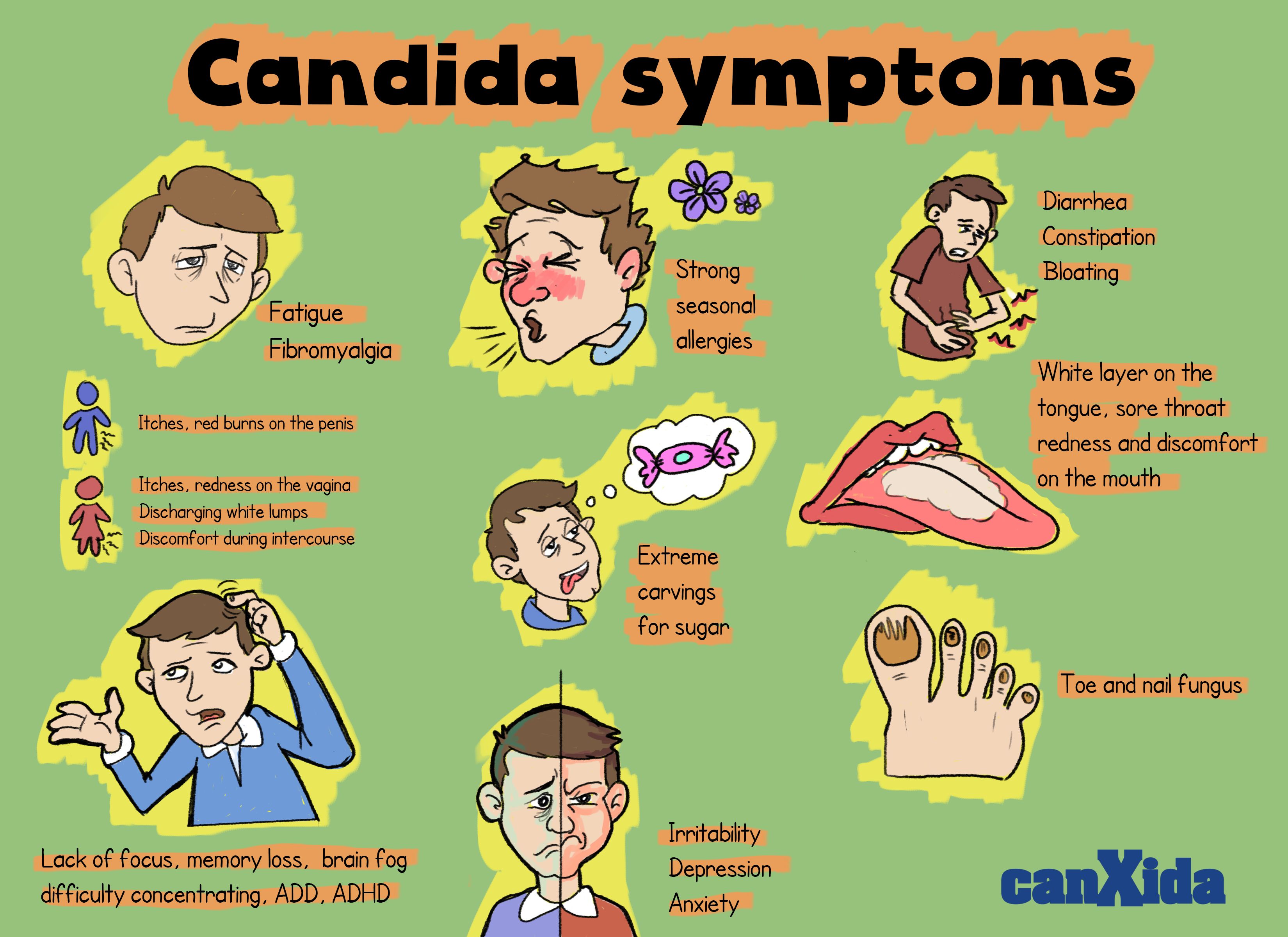
When the disease manifests itself, the following signs of thrush appear in men:
- Burning, itching or stabbing sensations during urination, sexual contact, erection.
- Grey-white coating of curd consistency on the head of the penis. Discharge odor: sour milk.
- Redness and swelling of the foreskin.
Candidiasis balanoposthitis may have the following symptoms:
- Burning, pain and itching, redness of the penis
- Edema of the foreskin and head of the penis
- Increased libido, which occurs due to the fact that the nerve endings of the penis are constantly irritated
- The appearance of a white-gray plaque, under which bleeding erosion is hidden
Candidal urethritis
In addition to the above signs of thrush, candidal urethritis may cause such symptoms as:
- Cloudy urine
- Bloody or mucous discharge in urine
- In the morning there may be a thick white discharge with long threads
Treatment of thrush in men
It must be remembered that the treatment of thrush should be carried out only after obtaining reliable laboratory data.

